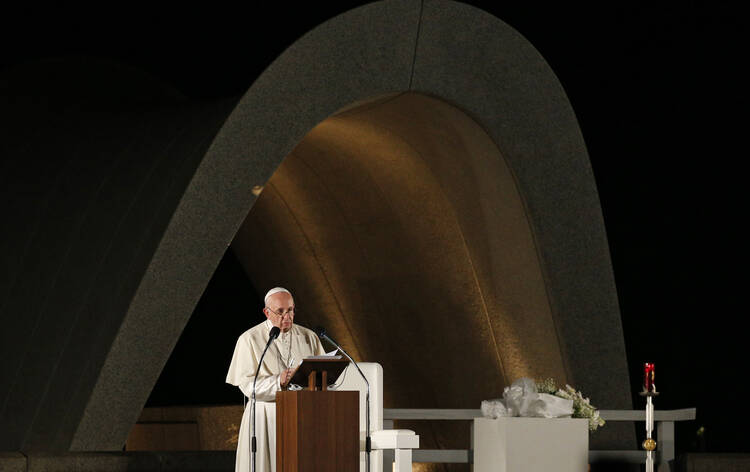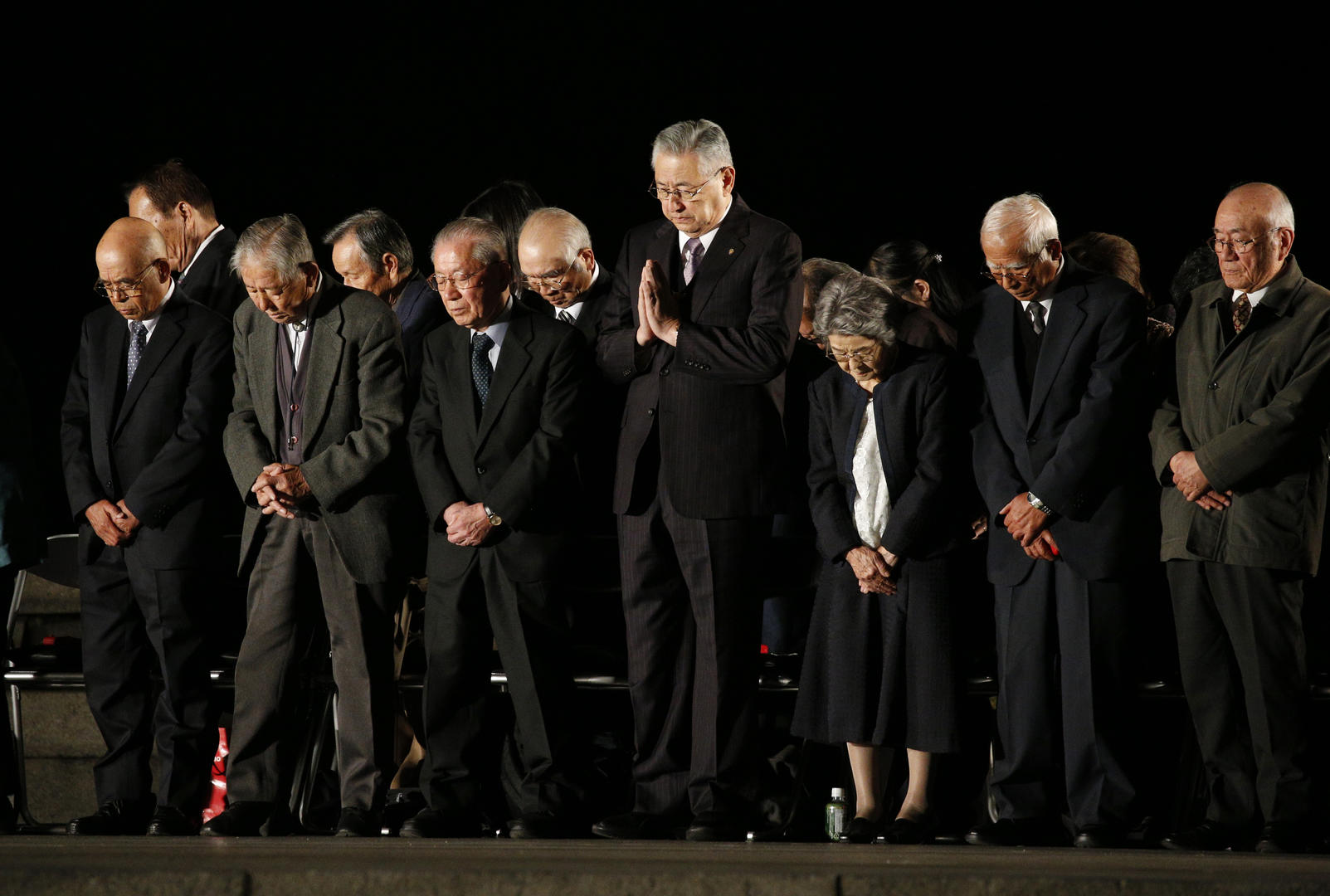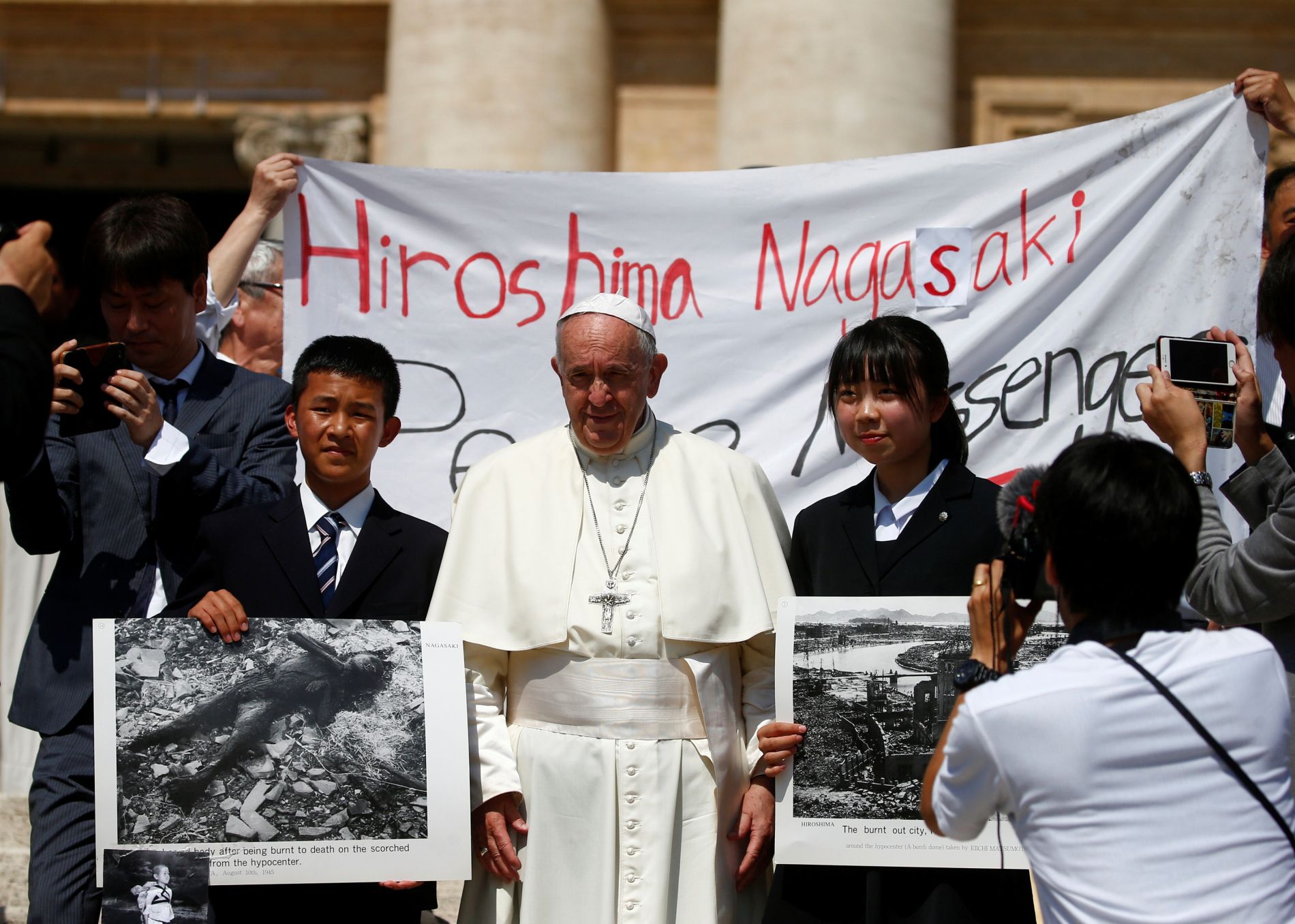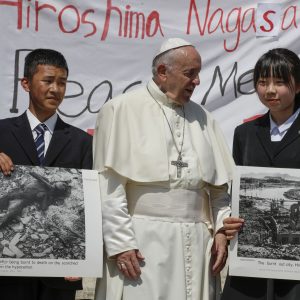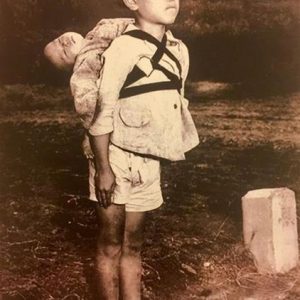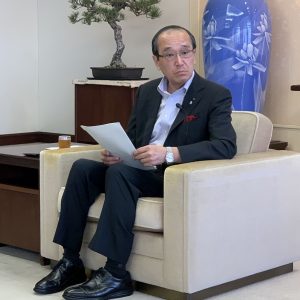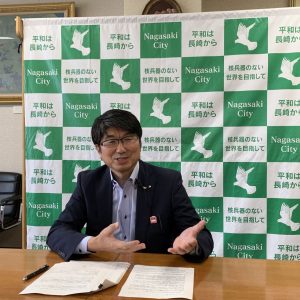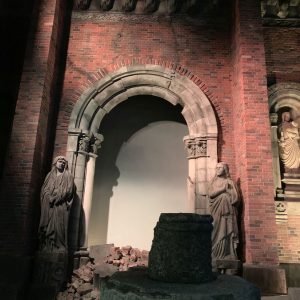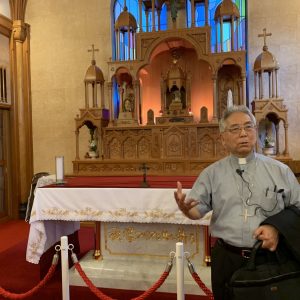Pope Francis is set to visit Hiroshima and Nagasaki, the only two cities in the world that have suffered atomic bombing, when he comes to Japan in late November 2019.
What anti-nuclear messages will the Pope, as the head of more than 1.3 billion Catholics worldwide, deliver? Attention will be particularly focused on what kind of appeal for peace he conveys in front of the Cenotaph for the A-Bomb Victims there.
His message takes on increasing importance, especially at a time when the world appears to have re-entered the nuclear arms race.
As it stands, the United States and Russia are pulling out of the 1987 Intermediate-Range Nuclear Forces Treaty, and China, which has never been a party to the treaty, continues to build its nuclear forces unabated. Meanwhile, North Korea and Iran are both going against world opinion to develop their own nuclear weapons. The Nuclear Nonproliferation Treaty, a landmark international agreement meant to prevent the spread of nuclear arms, seems to be in a meltdown as the preparatory meeting for the treaty’s 2020 review conference failed to produce any concrete outcome in May.
Can the pontiff, as the spiritual head of the Roman Catholic Church — the largest of all branches of Christianity worldwide — stem the tide of the ongoing spread of nuclear weapons and help us take a major step toward a nuclear-free world?
November 24 Visit
Japanese media have reported that, during his four-day stay in Japan, Pope Francis, 82, will visit Hiroshima and Nagasaki on November 24, 2019, to offer prayers for the victims of the atomic attacks on the two cities. The attacks took place on August 6 and 9, 1945, respectively, at the end of World War II.
In Tokyo on November 25, Francis is also expected to meet Japan’s new Emperor Naruhito, who ascended the Chrysanthemum Throne on May 1, and Prime Minister Shinzo Abe.
About 140,000 people died in Hiroshima and around 74,000 were killed in Nagasaki by the atomic bombs dropped in 1945. As of the end of March 2019, 145,844 living victims held Atomic Bomb Survivor’s certificates, falling below 150,000 for the first time since the end of the war. The average age of survivors was 82.65, meaning hibakusha (atomic bomb survivors) are fast aging.
The papal visit will become the second time in history for any pontiff to visit Japan.
Pope John Paul II journeyed to Japan in February 1981. At the time, John Paul II made the Appeal for Peace in front of the Cenotaph for the A-Bomb Victims at Hiroshima Peace Memorial Park. The Appeal for Peace calling for the elimination of nuclear weapons greatly impressed people all around the world and brought the Pope fame as an ardent messenger of peace.
It is well-known that Pope Francis is also a strong advocate of world peace and the abolition of nuclear weapons. During the 2017 holidays, Pope Francis circulated an impressive photograph taken in 1945 showing a young Japanese boy standing in line at a crematorium in Nagasaki with his dead brother tied to his back.
The powerful image is likely still fresh in many people’s minds. The little child on the boy’s back was killed when the U.S. bombed Nagasaki with atomic weapons. The Pope asked to put a note — “The fruit of war” — on the back of the card printed with the photo.
What the Two Cities Want from the Pope
What exactly do people in Hiroshima and Nagasaki want from the Pope during his journey to the atomic bomb sites?
“The Pope’s visit will surely encourage those of us who continue efforts to prevent a repetition of the tragedy of atomic bombs,” Hiroshima Mayor Kazumi Matsui said in an interview with the Tokyo-based foreign press corps, including this writer, on July 17.
“We hope the Pope will deliver a strong message after he receives the hibakusha's wish for the abolition of nuclear weapons and for lasting world peace,” Matsui added.
Nagasaki Mayor Tomihisa Taue shared his view.
“We are very delighted to see our wishes for the Pope’s visit to Japan come true,” Taue said in an interview on July 18. “The Pope is an ardent advocate of a world without nuclear weapons, so we hope he will deliver that message to the world from the two cities that were bombed with atomic weapons.”
“We also hope the Pope will convey our message, ‘Let Nagasaki be the last atomic bombing site,’” Taue added.
Taue said John Paul II left a strong message — “War is the work of man” — in his Appeal for Peace in Japan in 1981, meaning the atomic bombings were the work of man, not of God, and we can prevent their recurrence through the human hand.
“We hope Pope Francis will make historic remarks, just like John Paul II, so that we can transmit his message of peace by word of mouth onto the next generation,” Taue said.
Hidden Christian Sites in the Nagasaki Region
Taue also expressed hope that the Pope would talk about the Hidden Christian Sites in Nagasaki and the Amakusa Region, which were registered as a UNESCO World Heritage Site in 2018.
They were “hidden” Christians, Japanese who secretly practiced their religion through 250 years of suppression from the 17th to the 19th centuries. These Christians have been brought to the world’s attention in recent years, with the help of the major Hollywood film, Silence.
The movie, based on the 1966 novel of the same name by the Japanese novelist Shusaku Endo, teaches the audience the preciousness of freedom of religion as one of our basic human rights.
Still, Nagasaki Mayor Taue said, the rest of the world has not fully understood the significance of this world heritage in Nagasaki. He hopes the Pope will deliver a message about its meaning for the international community.
Pope Francis is also expected to visit Urakami Cathedral in Nagasaki City, which is located about 500 meters to the northeast of ground zero. It’s now rebuilt, but the cathedral was completely destroyed in an instant by the atomic bombing.
The bombing killed an estimated 8,500 of the church’s 12,000 followers. The cathedral was rebuilt in 1959 and it is now one of the largest Catholic churches in Japan.
“The pilot of the U.S. plane that dropped the atomic bomb on Nagasaki was actually a Catholic,” said Joseph Mitsuaki Takami in an interview. Takami is the president of the Catholic Bishops’ Conference of Japan and Archbishop of Nagasaki.
“He even received the blessing of a priest when the plane took off. What a shame! He had a blessing in order to kill people,” mourned Takami, 73. He himself experienced the atomic bombing while still in the womb. His aunt and grandmother were killed by the bombing.
“The U.S. knew tens of thousands of the church’s Catholic followers would die by the plutonium bomb,” Takami said. “After the war, the U.S. wanted to leave no trace of the bombing of the church, and so Nagasaki City decided to remove the ruins of the church. The U.S. government still tries not to show the devastation caused by the atomic bombs to the American public. It is a real shame.”
Visitors can see the statue of the Virgin Mary that was damaged in the atomic bombing. It’s now enshrined in a chapel in the cathedral.
“In recent years, more American high school students have visited the Nagasaki Atomic Bomb Museum, and they show their tears,” Takami said with the hope for the nuclear-free future.
Author: Kosuke Takahashi, Tokyo correspondent of IHS Jane’s Defence Weekly


